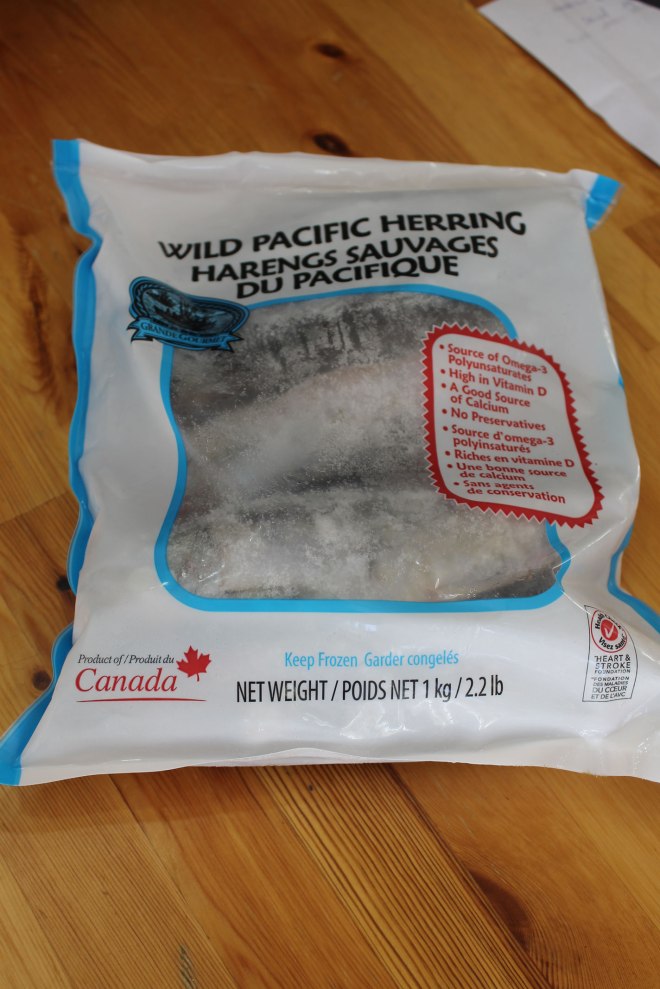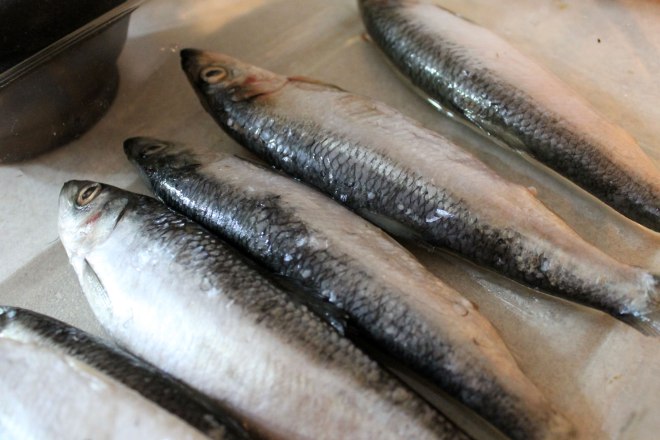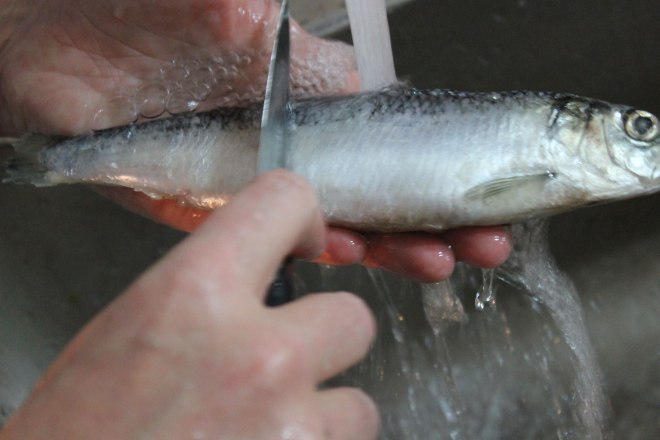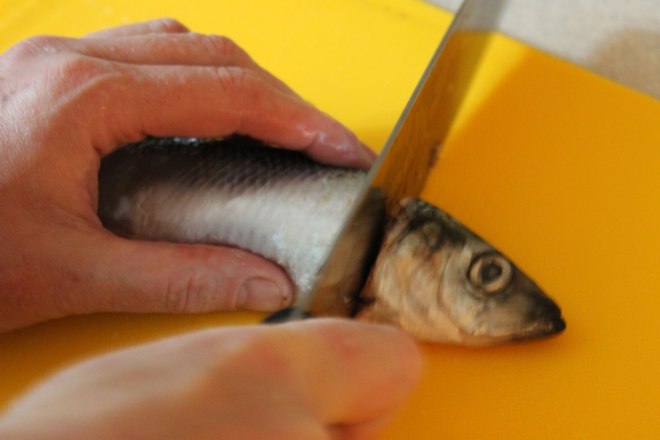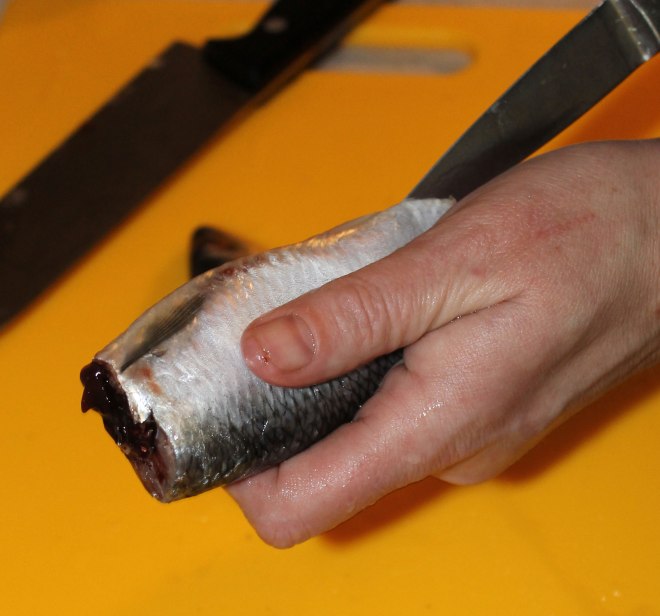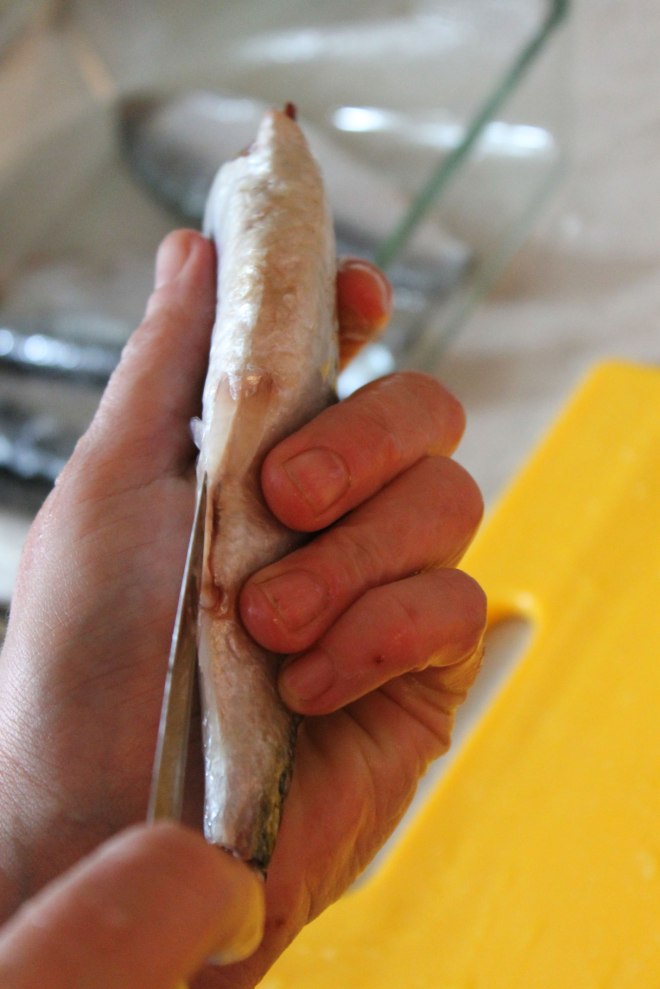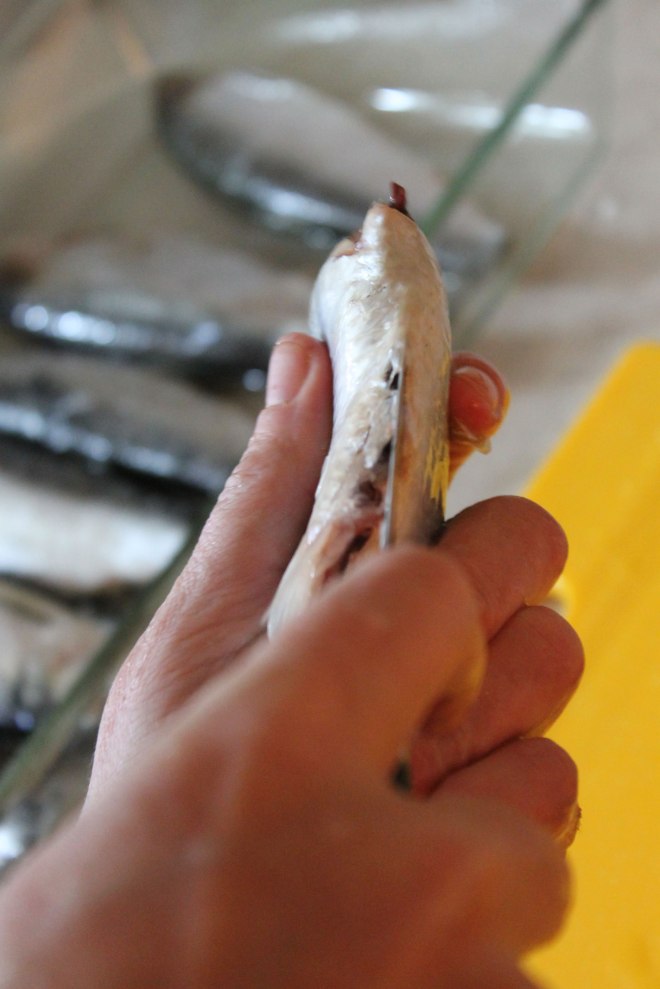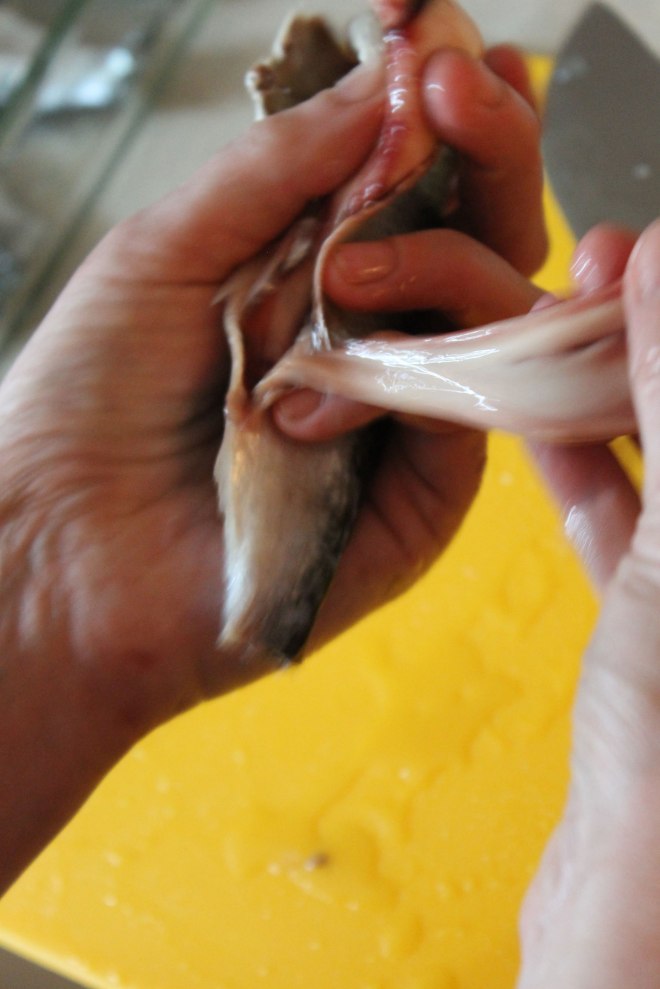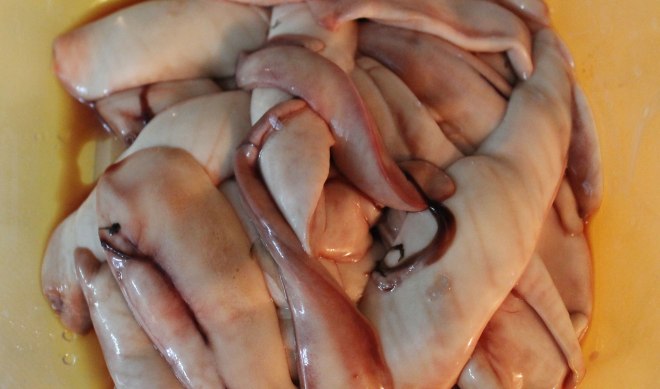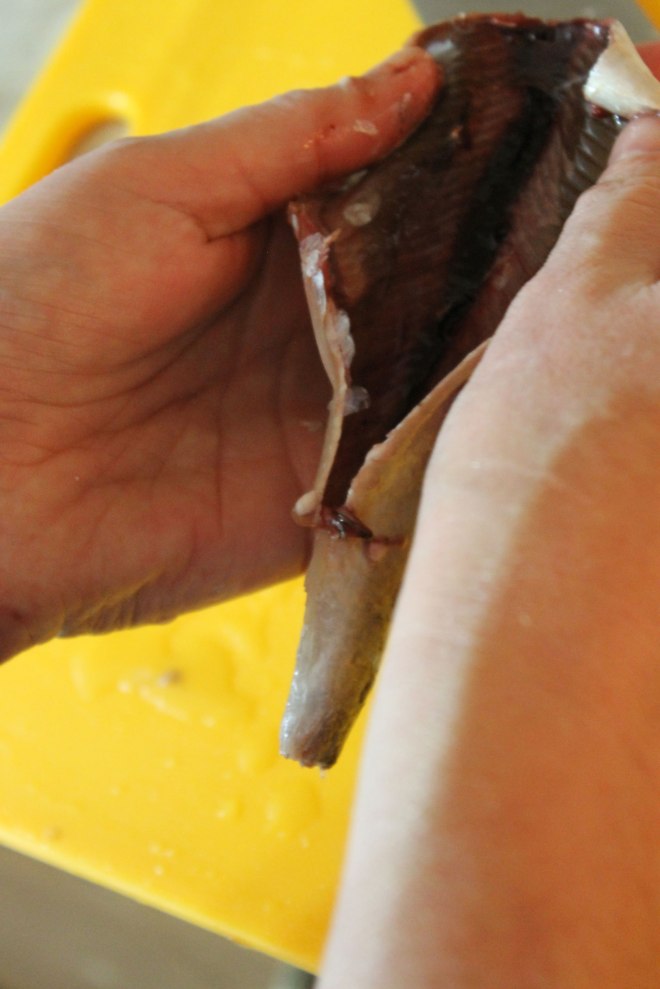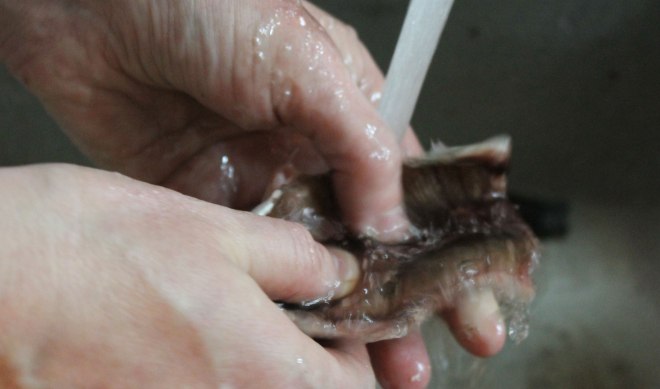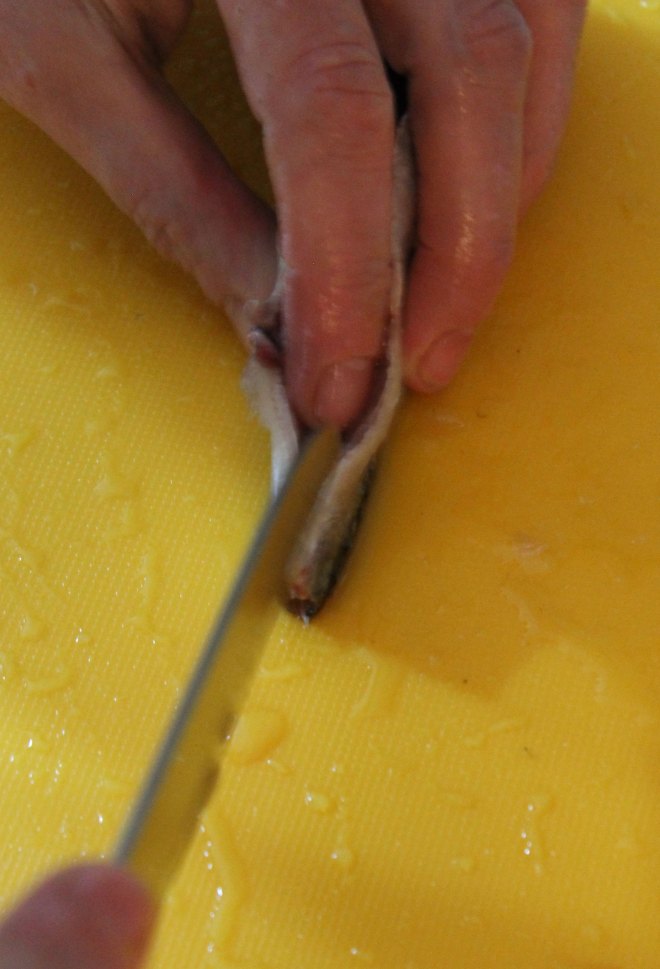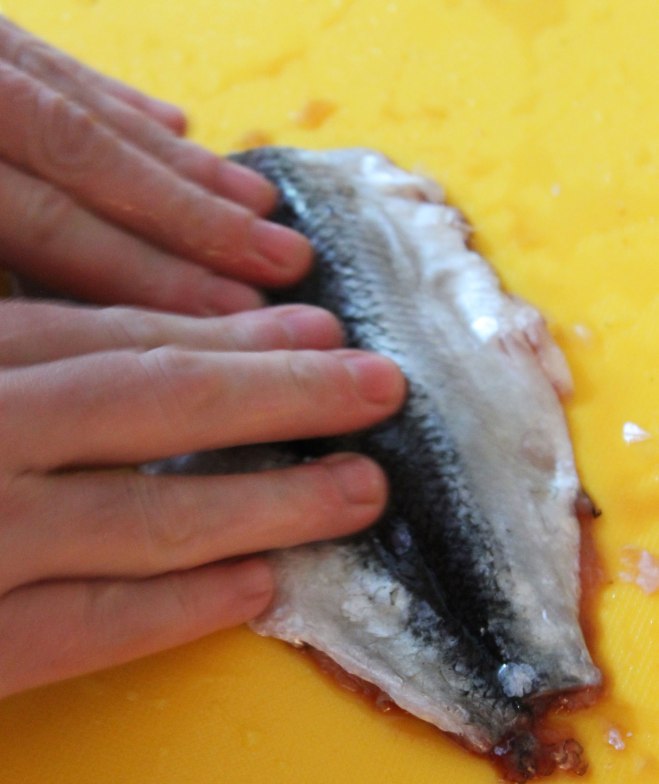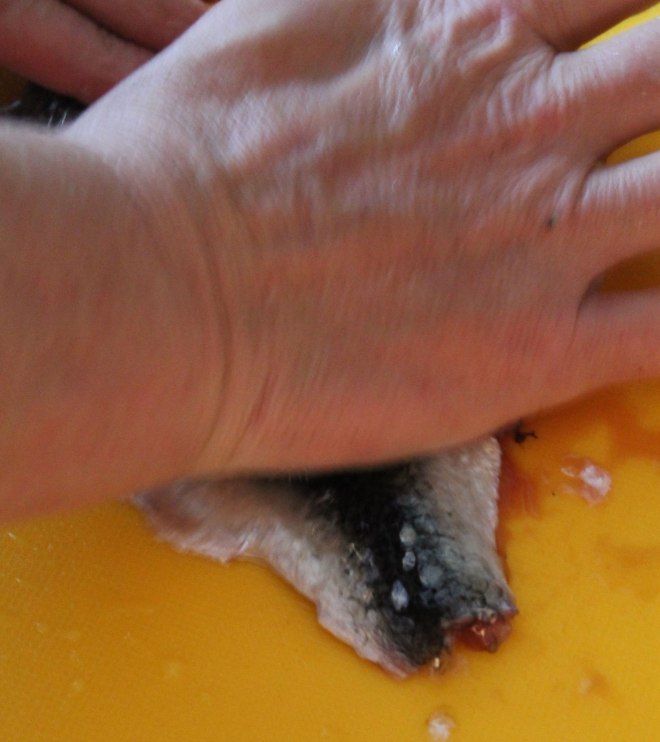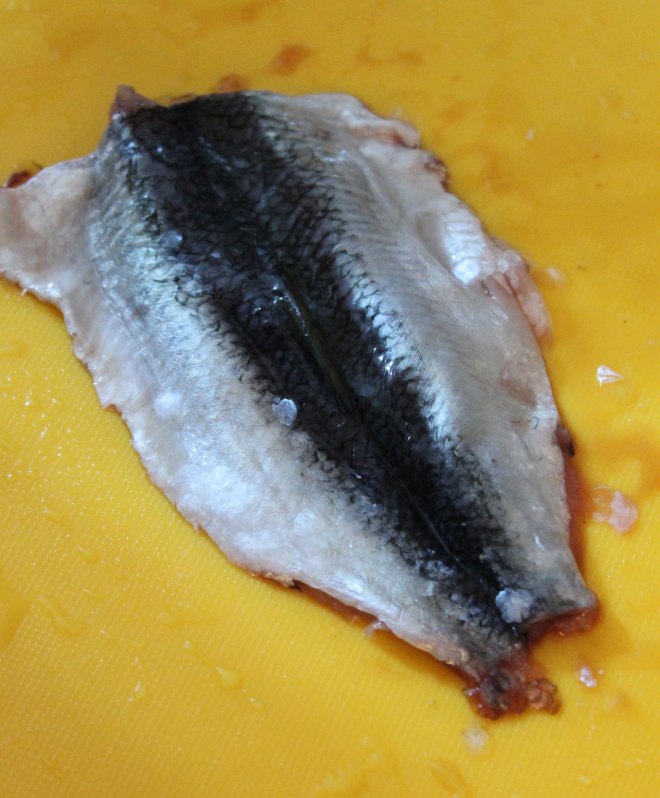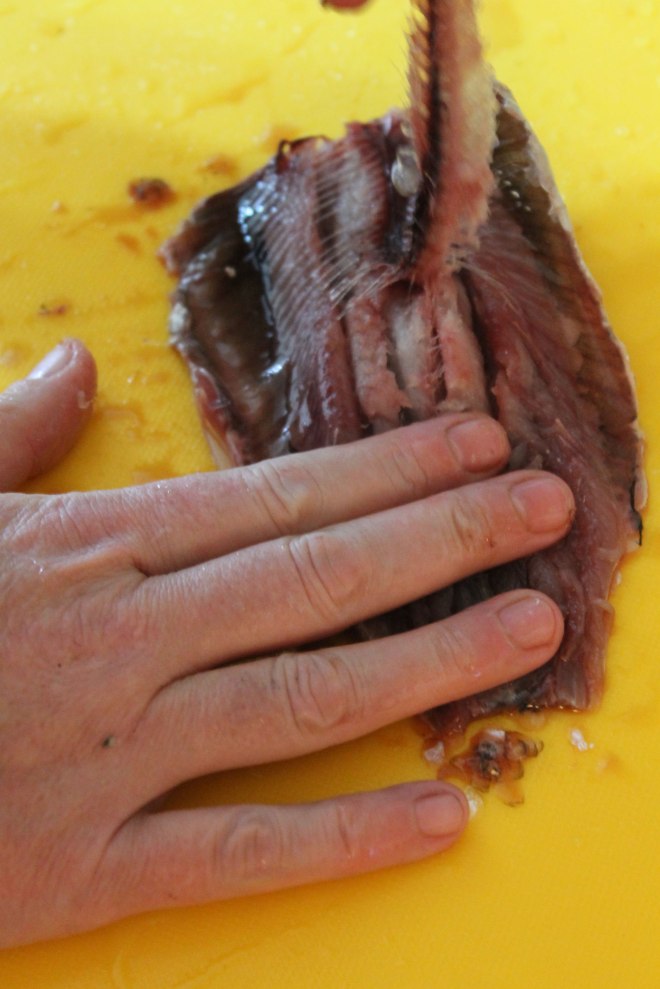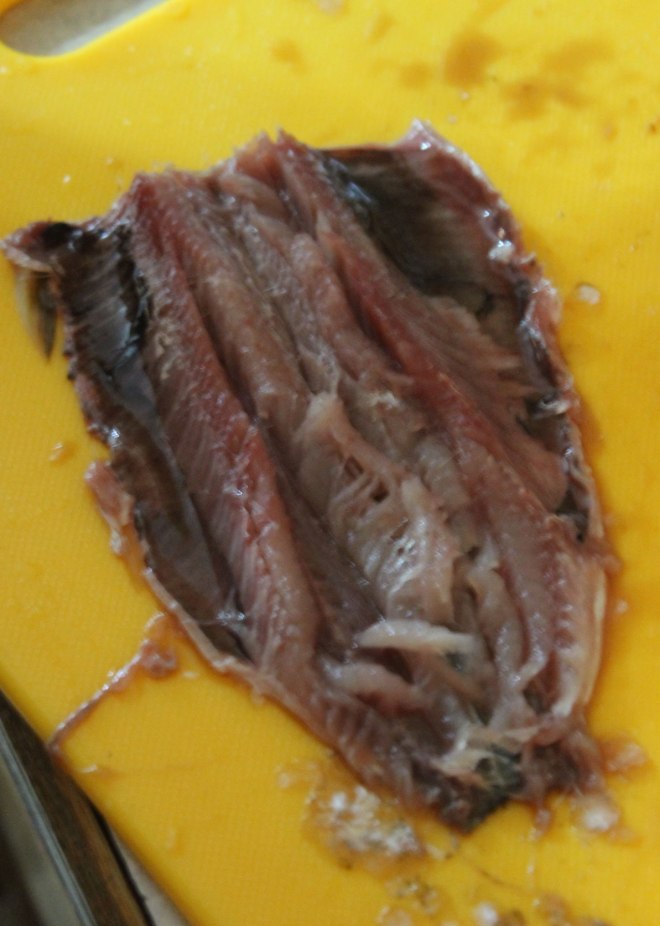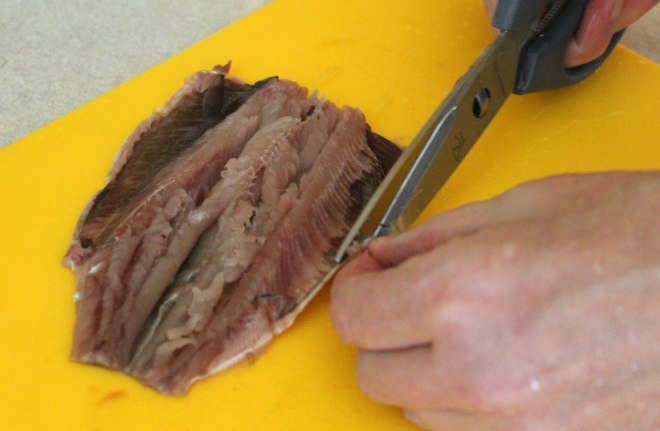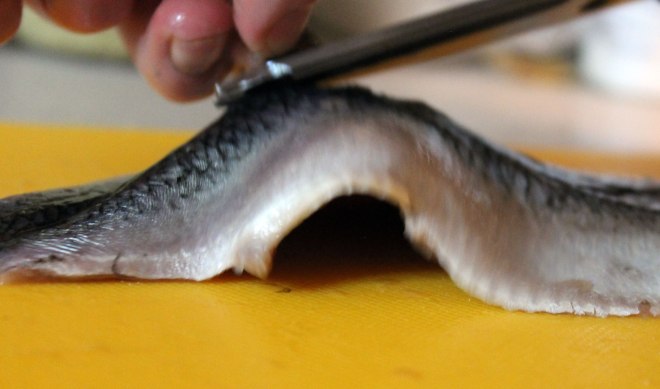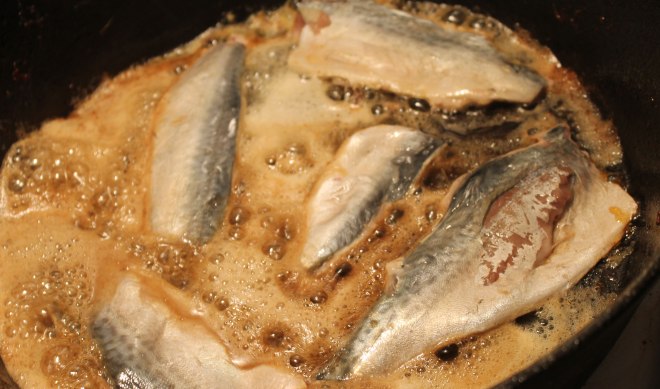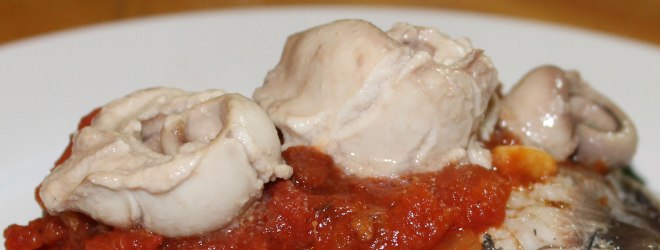I make kedgeree for brunch fairly often on the weekends.
Actually, I also make it for breakfast, lunch or dinner! It is very versatile, very quick and very good for you.
So what is Kedgeree?
According to Wikipedia, kedgeree is a dish that consists of cooked, flaked fish, most often smoked haddock or cod, along with boiled rice, herbs, hard-boiled eggs, curry powder, butter and cream.
And from About.com, kedgeree is a traditional British breakfast dish made from curried rice, smoked fish, boiled eggs, parsley and lemon juice.
Kedgeree is a traditional British breakfast dish that originated from Indian cooking. It originated in a rice and lentil/bean dish called Khichri. During the British Raj occupation of the Indian subcontinent, fish and eggs were added to this simple, peasant dish, and then it was served for breakfast.
The dish was brought back to the U.K. by the returning British colonials, and was instituted as a popular breakfast dish during the Victorian Era.
Part of it’s success was that Anglo-Indian cuisine was insanely popular and fashionable. But another draw was that it could make a good use of leftovers. Leftover cooked rice and fish could easily be re-purposed into a tasty, nutritious breakfast or brunch dish. And this meant that it became very popular with the frugal middle-classes.
This dish can be eaten both hot and cold (which might make it a good packed lunch option?), and it can be made with fish other than the traditional smoked haddock or cod. Actually, I most often make it with canned tuna, salmon, kippers or sardines due to the fact that it is hard to find smoked haddock or cod in Western Canada!
This kedgeree recipe would not be considered traditional because I use canned kippers rather than the traditional smoked haddock or cod, but it was still very, very good. And kippers are a smoked fish so they taste similar to smoked haddock or cod. But they are also an oily fish, so they are richer in omega 3 fatty acids.
This is the brand of kippers (smoked herrings) I use:
This is what the fillets look like inside:
Even though this fish is not authentic, I feel that the fact that herring is an oily fish, rich in omega-3 fatty acids makes it a beneficial addition. And really, it DOES taste good! If you can access smoked haddock or cod, feel free to use them in place of the canned kippers. It is also insanely good with hot-smoked salmon. You could also substitute any canned fish that you feel like using. I have made delicious kedgerees using canned tuna, salmon or sardines. The latter suggestion makes this a very cost effective dish (I can buy a can of sardines for less than $1… and the can of herrings I pictured above costs around $1.25).
Read the labels on your cans to check that they are in olive oil or water – many cans of fish are packaged in corn, soy or canola oil. The brand I used for this recipe is packaged in water.
This recipe is loosely based on several recipes -Kedgeree on p 130 of the Loaves and Fishes Miracle Cookbook by Rosemary Stark (now out of print), Kedgeree on p 39 of the Complete Farmhouse Kitchen Cookbook (published by Yorkshire TV – now out of print), and Kedgeree Risotto from Feast, food that celebrates life by Nigella Lawson (p 155).
It is paleo, but is not strict AIP due to the fact that it contains some seed spices and eggs. If you have not successfully reintroduced these ingredients, you could still make this dish by leaving them out. It won’t quite be kedgeree, but it will still taste good.
The seed spices and egg make this an AIP stage 2 reintroduction recipe. When reintroducing foods on the AIP, I recommend this guide.
Try it and let me know what you think!
Paleo Kedgeree
Serves 4-6
- 1 large head of cauliflower
- 3-4 cans of Golden Smoked Seafood Snacks (or other canned fish – you may not need 3-4 cans if the fish you use comes in larger cans than I used. When I make this with canned tuna or salmon I typically use only 2 cans)
- 1 onion – chopped
- 1 small bunch fresh parsley – chopped
- 6 eggs (omit if strict AIP)
- 3-4 tbsp coconut oil
- ½ tsp ground cumin (omit if strict AIP)
- ½ tsp ground coriander (omit if strict AIP)
- ½ tsp turmeric
- ¼ cup of coconut milk
- zest and juice of 1 lemon
- sea salt and freshly ground black pepper to taste (omit the pepper if strict AIP)
The first thing you need to do is to rice your cauliflower by pulsing it in a food processor until it resembles grains of rice. If you do not own a food processor, you could grate it using a box grater, but this is very messy.
Put the eggs in a pan of boiling water and cook for 10 minutes until hard-boiled. Crack the shells and place in a bowl of cold water. This makes them easier to shell. Once the eggs are cool enough to handle, remove the shells. Chop the eggs into large chunks.
Melt the coconut oil in a large skillet and add the onion. Saute over a medium heat until it is tender and golden brown. Now add the cauliflower rice, the cumin, coriander and turmeric and season to taste with salt and pepper. Toss well until all the spices are evenly distributed. Cook for 4-5 minutes, tossing occasionally until the cauliflower is tender.
Drizzle over the coconut milk.
Open the cans of fish and drain any liquid into the pan. Break the fillets into bite-sized chunks and add them to the pan along with the parsley and chopped eggs.
Toss everything together until heated through.
Taste and adjust seasonings.
Just before serving, scatter with the lemon zest and squeeze the lemon juice over.
Serve at once.
The leftovers of this dish are very good cold, and it will store in the fridge for a couple of days.
Shared at Waste Not Want Not Wednesday



